Subfloors
Subfloors play a critical role in the installation of various types of flooring, as they provide a stable and even surface for the new floor covering. The choice of subfloor depends on the type of flooring you plan to install and the condition of your existing floor. Here are some common types of subfloors used in flooring installations:
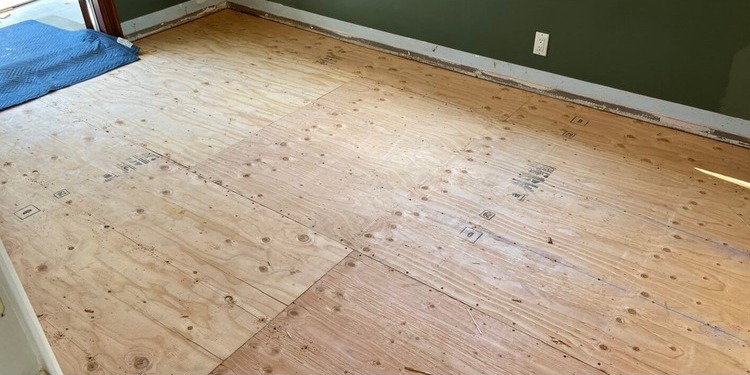
Plywood Subfloor
Plywood is a popular choice for subfloors, especially in residential construction. It provides a stable and smooth surface for various types of flooring, including hardwood, laminate, and carpet. Plywood is typically installed over floor joists and is available in various thicknesses to suit different flooring requirements.
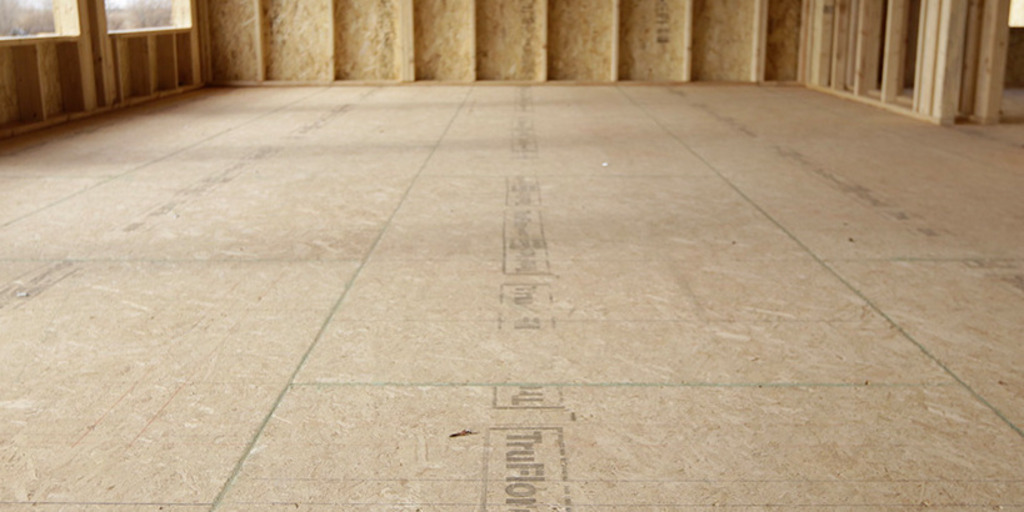
OSB Subfloor
OSB (Oriented Strand Board) is another engineered wood product used as a subfloor. It is made from compressed wood strands and resins, providing good strength and dimensional stability. OSB is commonly used in construction and can be an alternative to plywood.
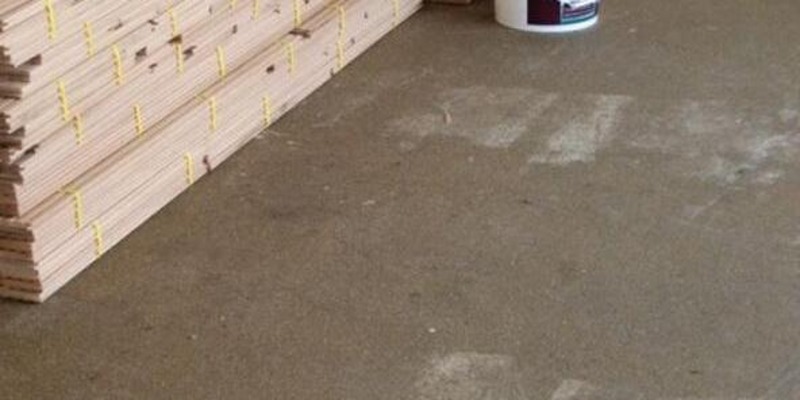
Concrete Subfloor
In many modern homes and buildings, concrete slabs serve as the subfloor. This type of subfloor is commonly used for flooring installations like tile, luxury vinyl, and engineered hardwood. Proper moisture testing and moisture barrier installation are essential when dealing with concrete subfloors.
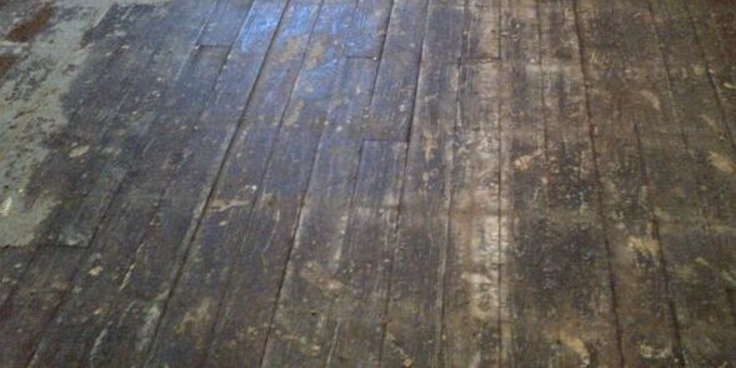
Existing Wood Subfloor
In some cases, existing wood subfloors can be used as the base for new flooring installations. However, it's crucial to assess the condition of the subfloor to ensure it is flat, stable, and free of any damage that could affect the new floor's performance.
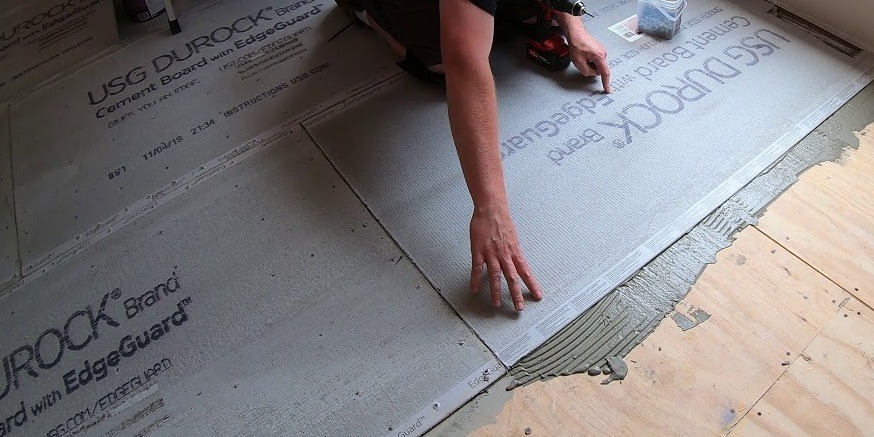
Cement Backer Board
Cement backer board is often used as a subfloor for tile installations, especially in wet areas like bathrooms and kitchens. It provides a solid and moisture-resistant surface for the tile to adhere to.
Before installing any flooring, it's essential to prepare the subfloor properly. This may involve cleaning, leveling, and addressing any issues like squeaks or structural problems. Additionally, some flooring types may require specific underlayment materials to enhance performance and sound insulation.
Always follow the manufacturer's guidelines and recommendations for the subfloor and underlayment to ensure a successful and long-lasting flooring installation. If you're unsure about the subfloor requirements or installation process, it's best to consult a professional flooring installer or contractor.
Schedule A Free Survey
Leave your details below and a member of our team will be in touch to arrange a free no obligation survey.
